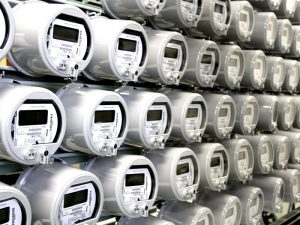On Monday, Prime Minister Narendra Modi announced Pradhan Mantri Sahaj Bijli Har Ghar Yojana (Saubhagya), to provide free electricity connections to over 40 million families in rural and urban areas of the country by December 2018.

Under the scheme, the government is aiming at production of 40,000 mega-watt of electricity through solar and wind energy. This step will be a major add-on for India’s dream of achieving 175 GW of renewable energy target by March 2022.
To smoothly execute the scheme, government is also giving subsidy on transformers, pre-paid meters and wires so that electricity would be made available to the poor for free. According to media reports, apart from independent power producers, smart meter makers such as ABB, BHEL, Siemens and Havells and transmission connectivity providers like Sterlite, GE, L&T and Adani Transmission are expected to gain from the scheme.
Union Power Minister RK Singh further highlighted that government would install prepaid meters and that consumers would have to pay in advance to buy a fixed amount of electricity – quite like they would do for a prepaid phone connection. It is estimated that if the government intends to spread the Rs 163.2 billion it has announced for the Saubhagya scheme over these 40.53 million households that do not have a connection, it would have to spend an additional Rs 4,030 per household to connect them with prepaid meters. So, besides investments, boom in manufacturing of smart energy meters will be the another upside which the energy meter players will witness soon with the implementation of Saubhagya scheme.
-By Shruti Mishra



























